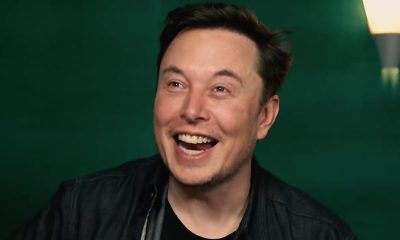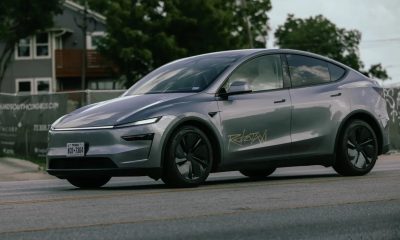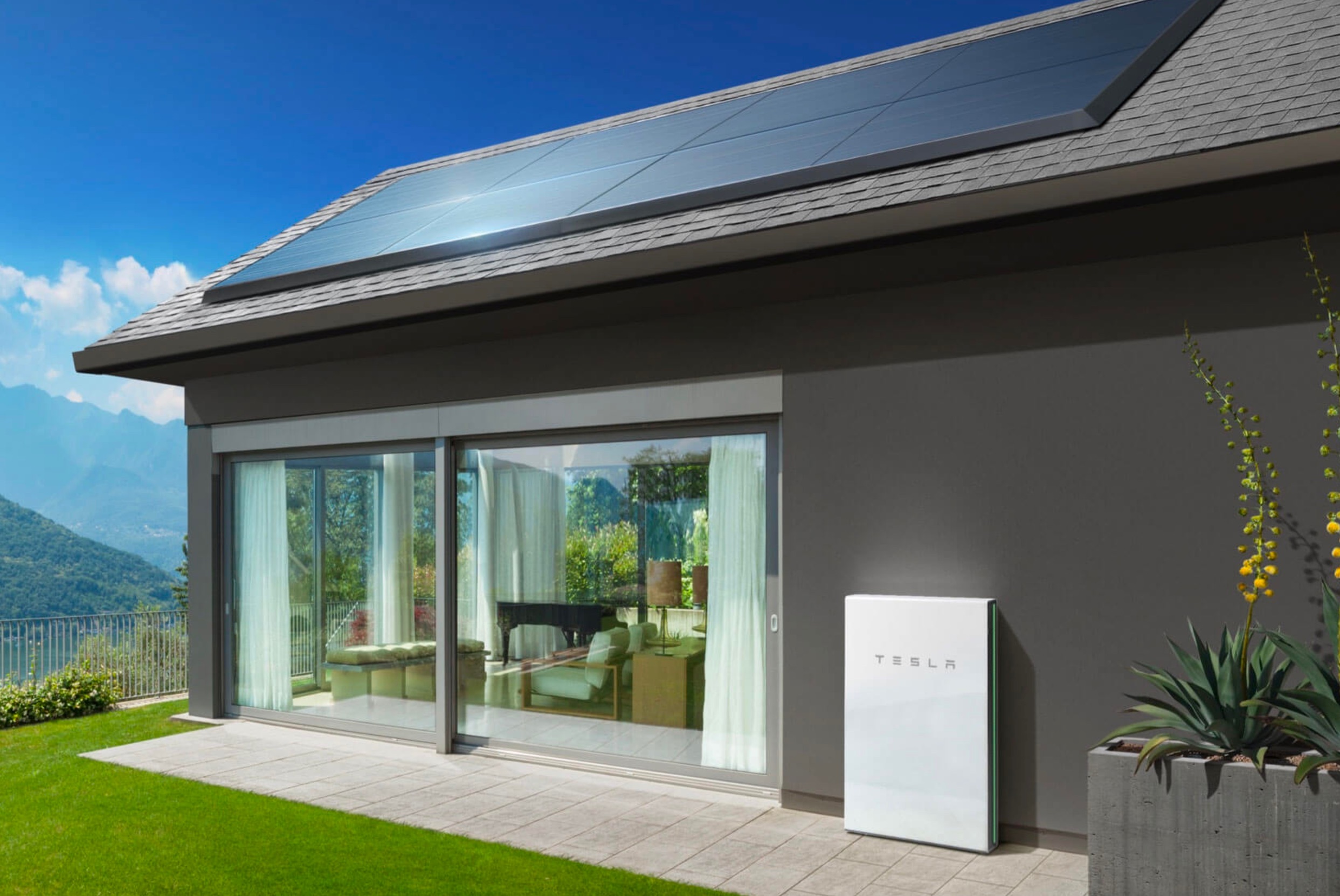

Energy
Tesla Energy makes headway in customer acquisition costs, drops in US rankings
The results of Wood Mackenzie Power & Renewables’ rankings of solar providers in the United States has revealed some interesting details about Tesla Energy’s current strategies. During the first quarter of 2019, Tesla Energy was overtaken by Vivint Solar as the US’ second-largest residential solar provider. Despite this, the electric car and energy company was able to dramatically reduce its customer acquisition costs, a key component in the solar business that could result in long-term advantages.
During the first quarter of 2019, Tesla claimed 6.3% of the US market, a far cry from Solar City’s peak of 32.6% in 2014. These declines do not seem to mean that Vivint gained market share at Tesla’s expense, as the solar provider also saw its market share shrink in Q1, from a high of 11.6% in 2014 to 7.3% in 2019. Considering the current trends in the US’ residential solar market, WoodMac analysts are currently forecasting a nearly flat 3% growth for the year. Senior WoodMac analyst Austin Perea noted that a significant contributor to this trend is Tesla’s softer efforts at pushing its solar business, as indicated by the company’s ongoing shift to an online sales model.
Yet, despite the downtrend in Tesla’s market share in the US residential solar market, the company has been exhibiting a dramatic reduction in its customer acquisition costs. During the final six months of 2018, for example, Tesla spent around $0.40 per watt to acquire customers, and this amount would likely get even lower. WoodMac analysts have stated that Tesla could spend as little as “close to a quarter” per watt by the end of 2019.
It should be noted that customer acquisition costs are currently among the most expensive portions of residential solar systems, accounting for 21% of total expenses in 2018. Vivint and Sunrun, the two residential solar providers that have overtaken Tesla in market share over the years, are no exception. WoodMac notes that currently, Vivint’s customer acquisition costs stand at $0.94 per watt, while Sunrun’s costs run at $0.90 per watt. Perea notes that Tesla’s notably lower customer acquisition costs are partly due to the company’s diverse business.
“With current saturation levels, customer acquisition costs are not going to come down. Tesla understands where the cost stack is right now, and they’re able to rely on other business units. They’re diversified in a way that other models aren’t. I’m not saying that Tesla is doing the right thing here, but I think they understand that existing customer acquisition costs aren’t going anywhere. It’s becoming a fairly well-respected product at a cheaper price point than some of its primary competitors. That’s because they’ve been reducing their customer acquisitions costs actively,” the WoodMac senior analyst said.
Tesla CEO Elon Musk has pledged to ramp the company’s solar business, which, according to legendary investor Ron Baron, has the potential to be worth $500 billion on its own. Tesla Energy has largely taken a backseat to the company’s electric car business, particularly during the Model 3 ramp. Nevertheless, with the electric sedan’s production humming along, it might not be too long before Tesla commits itself to ramping its residential solar business fully.
Energy
Tesla VP hints at Solar Roof comeback with Giga New York push
The comments hint at possible renewed life for the Solar Roof program, which has seen years of slow growth since its 2016 unveiling.

Tesla’s long-awaited and way underrated Solar Roof may finally be getting its moment. During the company’s Q3 2025 earnings call, Vice President of Energy Engineering Michael Snyder revealed that production of a new residential solar panel has started at Tesla’s Buffalo, New York facility, with shipments to customers beginning in the first quarter of 2026.
The comments hint at possible renewed life for the Solar Roof program, which has seen years of slow growth since its 2016 unveiling.
Tesla Energy’s strong demand
Responding to an investor question about Tesla’s energy backlog, Snyder said demand for Megapack and Powerwall continues to be “really strong” into next year. He also noted positive customer feedback for the company’s new Megablock product, which is expected to start shipping from Houston in 2026.
“We’re seeing remarkable growth in the demand for AI and data center applications as hyperscalers and utilities have seen the versatility of the Megapack product. It increases reliability and relieves grid constraints,” he said.
Snyder also highlighted a “surge in residential solar demand in the US,” attributing the spike to recent policy changes that incentivize home installations. Tesla expects this trend to continue into 2026, helped by the rollout of a new solar lease product that makes adoption more affordable for homeowners.
Possible Solar Roof revival?
Perhaps the most intriguing part of Snyder’s remarks, however, was Tesla’s move to begin production of its “residential solar panel” in Buffalo, New York. He described the new panels as having “industry-leading aesthetics” and shape performance, language Tesla has used to market its Solar Roof tiles in the past.
“We also began production of our Tesla residential solar panel in our Buffalo factory, and we will be shipping that to customers starting Q1. The panel has industry-leading aesthetics and shape performance and demonstrates our continued commitment to US manufacturing,” Snyder said during the Q3 2025 earnings call.
Snyder did not explicitly name the product, though his reference to aesthetics has fueled speculation that Tesla may finally be preparing a large-scale and serious rollout of its Solar Roof line.
Originally unveiled in 2016, the Solar Roof was intended to transform rooftops into clean energy generators without compromising on design. However, despite early enthusiasm, production and installation volumes have remained limited for years. In 2023, a report from Wood Mackenzie claimed that there were only 3,000 operational Solar Roof installations across the United States at the time, far below forecasts. In response, the official Tesla Energy account on X stated that the report was “incorrect by a large margin.”
Energy
Tesla China’s Megafactory helps boost Shanghai’s battery exports by 20%: report
Located in the Lingang New Area of the Shanghai Free Trade Zone, the Tesla Megafactory has been running at full throttle since opening in February.
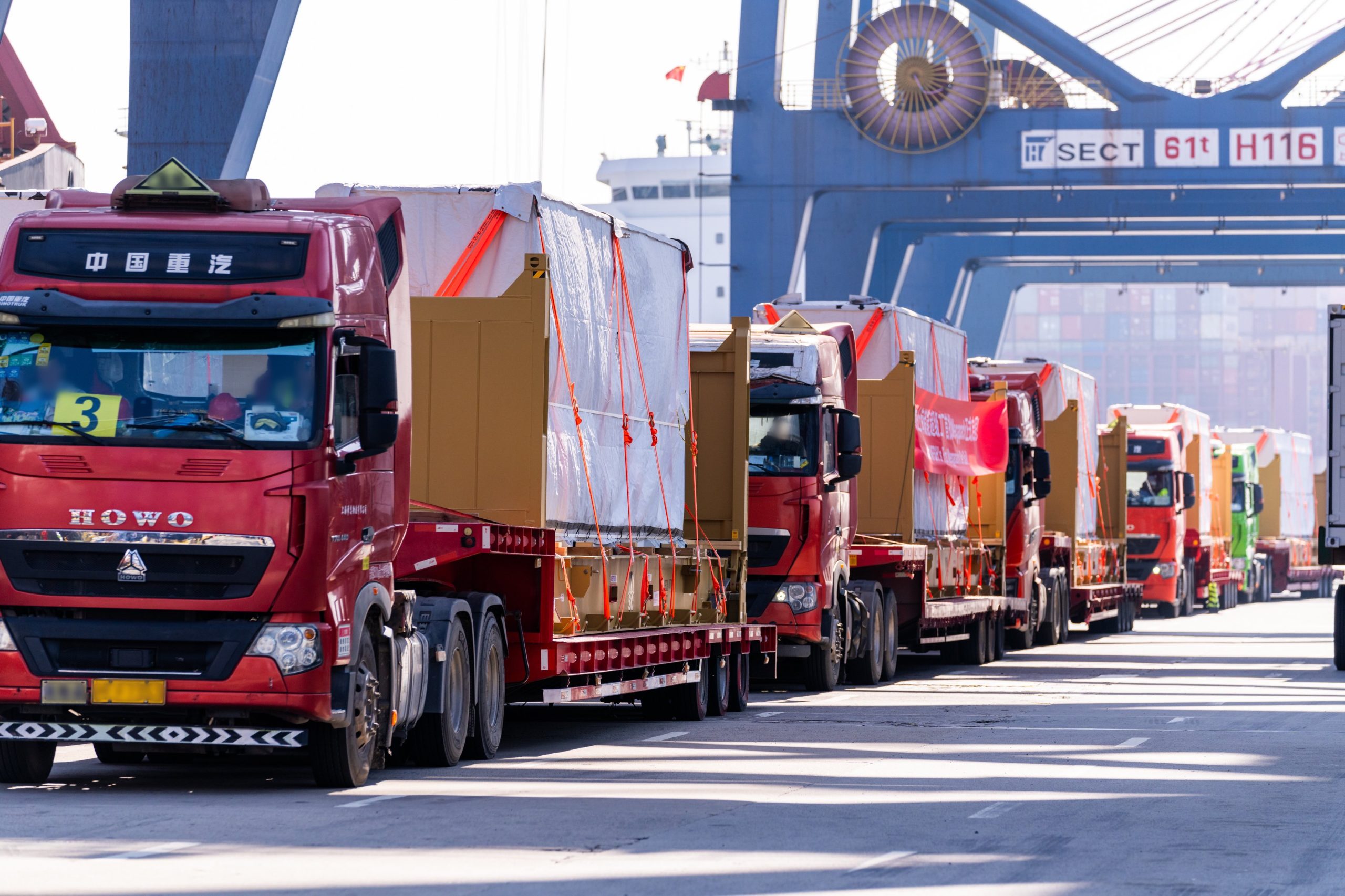
Reports from China have indicated that the Tesla Shanghai Megafactory has become a notable player in China’s booming battery export market.
Located in the Lingang New Area of the Shanghai Free Trade Zone, the Tesla Megafactory has been running at full throttle since opening in February. It produces Tesla Megapack batteries for domestic and international use.
Tesla Shanghai Megafactory
As noted in a report from Sina Finance, the Tesla Shanghai Megafactory’s output of Megapack batteries helped drive a notable rise in lithium battery shipments from the city in the first three quarters of 2025. This is quite impressive as the Megafactory is a rather young facility, though it has been steadily increasing its production capacity.
“The establishment of this benchmark factory has not only driven the rapid development of Shanghai’s energy storage industry but also become a new growth engine for foreign trade exports. Driven by the Tesla energy storage factory’s opening, Shanghai’s lithium battery exports reached 32.15 billion yuan ($4.5 billion) in the first three quarters, a 20.7% increase,” the publication wrote.
Ultimately, the Shanghai Megafactory has proved helpful to the city’s “new three” industries, which are comprised of new energy vehicles, lithium batteries, and photovoltaic systems. Exports of the “new three” products reached 112.17 billion yuan ($15.7 billion), a 6.3% year-over-year increase during the same period. The city’s total trade volume grew 5.4% year-over-year as well, with exports up 11.3%, driven largely by the clean energy sector’s performance.
Energy storage is helping Shanghai
Since opening in February, the Shanghai Megafactory has been firing on all cylinders. In late July, Tesla Energy announced that the new battery factory has successfully produced its 1,000th Megapack unit. That’s quite impressive for a facility that, at the time, had only been operational for less than six months.
Speed has always been a trademark of the Shanghai Megafactory. Similar to Tesla’s other key facilities in China, the Megafactory was constructed quickly. The facility started its construction on May 23, 2024. Less than a year later, the site officially started producing Megapack batteries. By late March 2025, Tesla China noted that it had shipped the first batch of Megapack batteries from the Shanghai plant to foreign markets.
Energy
Tesla recalls Powerwall 2 units in Australia
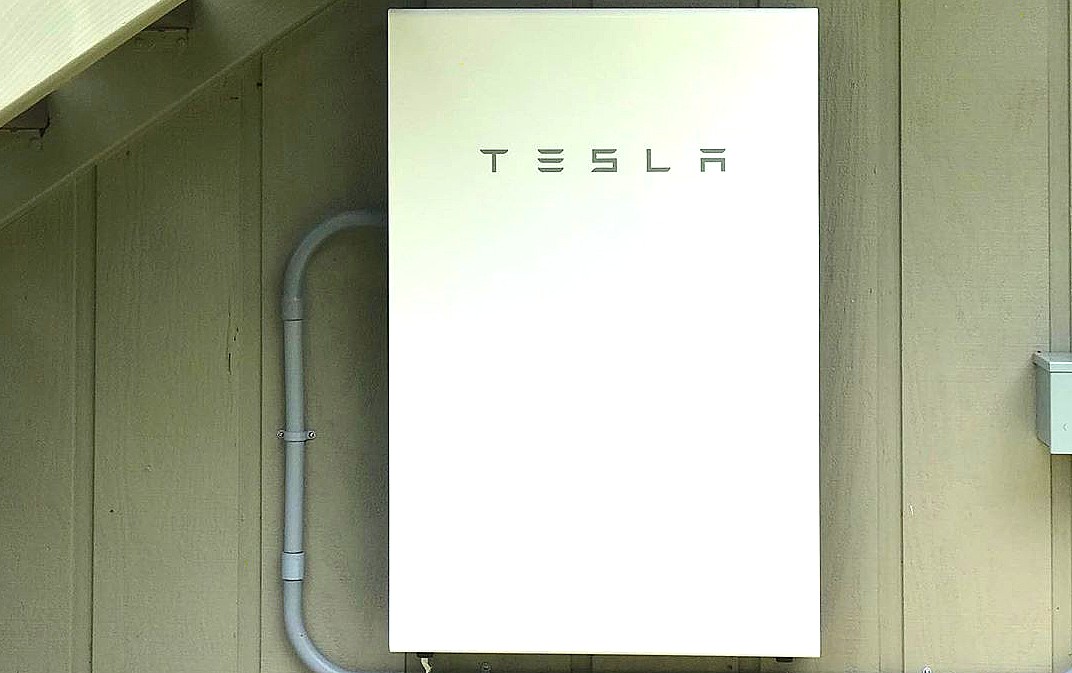
Tesla will recall Powerwall 2 units in Australia after a handful of property owners reported fires that caused “minor property damage.” The fires were attributed to cells used by Tesla in the Powerwall 2.
Tesla Powerwall is a battery storage unit that retains energy from solar panels and is used by homeowners and businesses to maintain power in the event of an outage. It also helps alleviate the need to rely on the grid, which can help stabilize power locally.
Powerwall owners can also enroll in the Virtual Power Plant (VPP) program, which allows them to sell energy back to the grid, helping to reduce energy bills. Tesla revealed last year that over 100,000 Powerwalls were participating in the program.
Tesla announces 100k Powerwalls are participating in Virtual Power Plants
The Australia Competition and Consumer Commission said in a filing that it received several reports from owners of fires that led to minor damage. The Australian government agency did not disclose the number of units impacted by the recall.
The issue is related to the cells, which Tesla sources from a third-party company.
Anyone whose Powerwall 2 unit is impacted by the recall will be notified through the Tesla app, the company said.
-

 News2 weeks ago
News2 weeks agoTesla might be doing away with a long-included feature with its vehicles
-
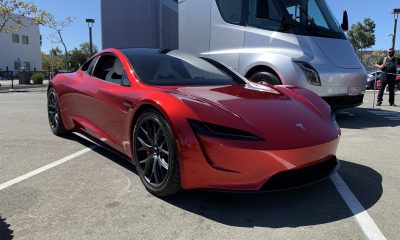
 News2 weeks ago
News2 weeks agoTesla updates fans on its plans for the Roadster
-

 Elon Musk2 weeks ago
Elon Musk2 weeks agoElon Musk: Grok 5 now has a 10% chance of becoming world’s first AGI
-

 News2 weeks ago
News2 weeks agoTesla is ramping up its hiring for the Cybercab production team
-

 News2 weeks ago
News2 weeks agoTesla rolled out a new feature with FSD v14 to fix a major complaint
-
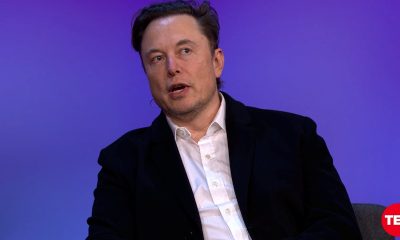
 Elon Musk2 weeks ago
Elon Musk2 weeks agoElon Musk hits back at former Tesla employee who disagrees with pay package
-
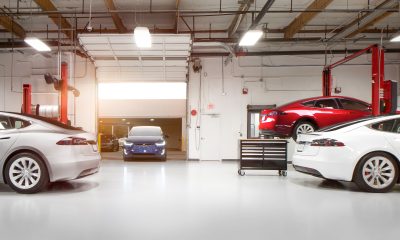
 News2 weeks ago
News2 weeks agoTesla just made Service even easier and more convenient
-

 News2 weeks ago
News2 weeks agoTesla Model Y L becomes China’s 4th best-selling mid-to-large SUV in its first month of sales


